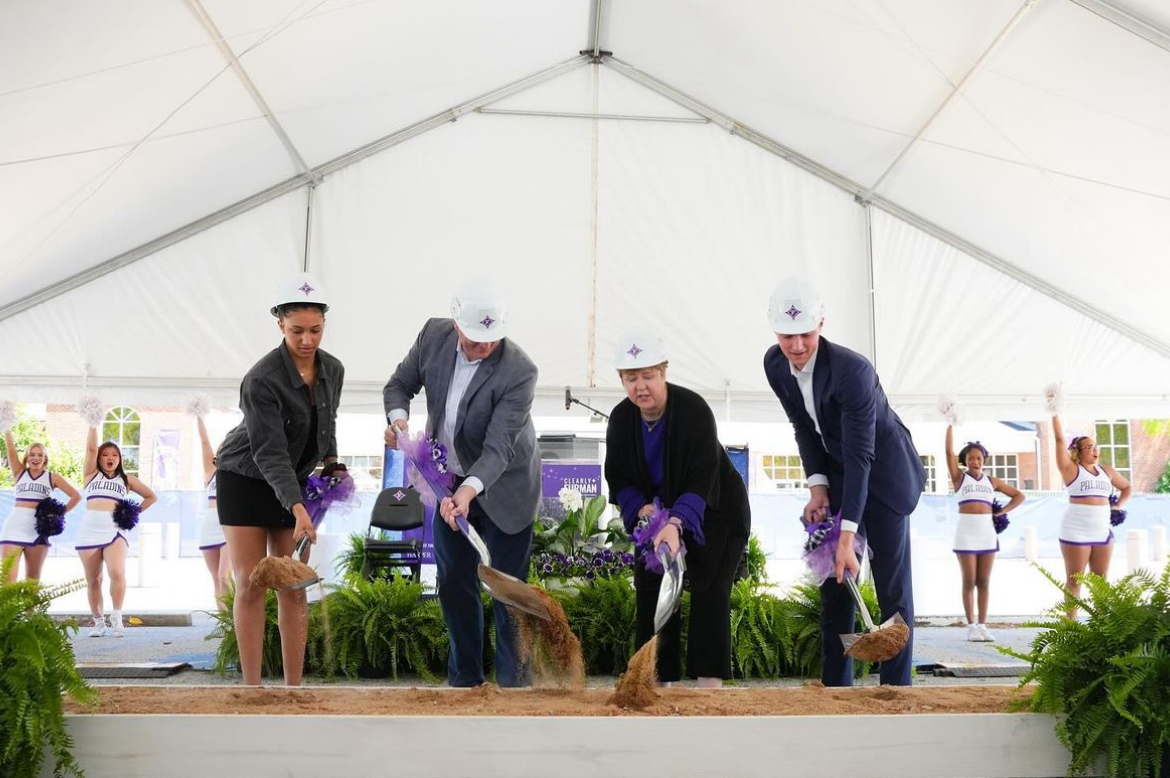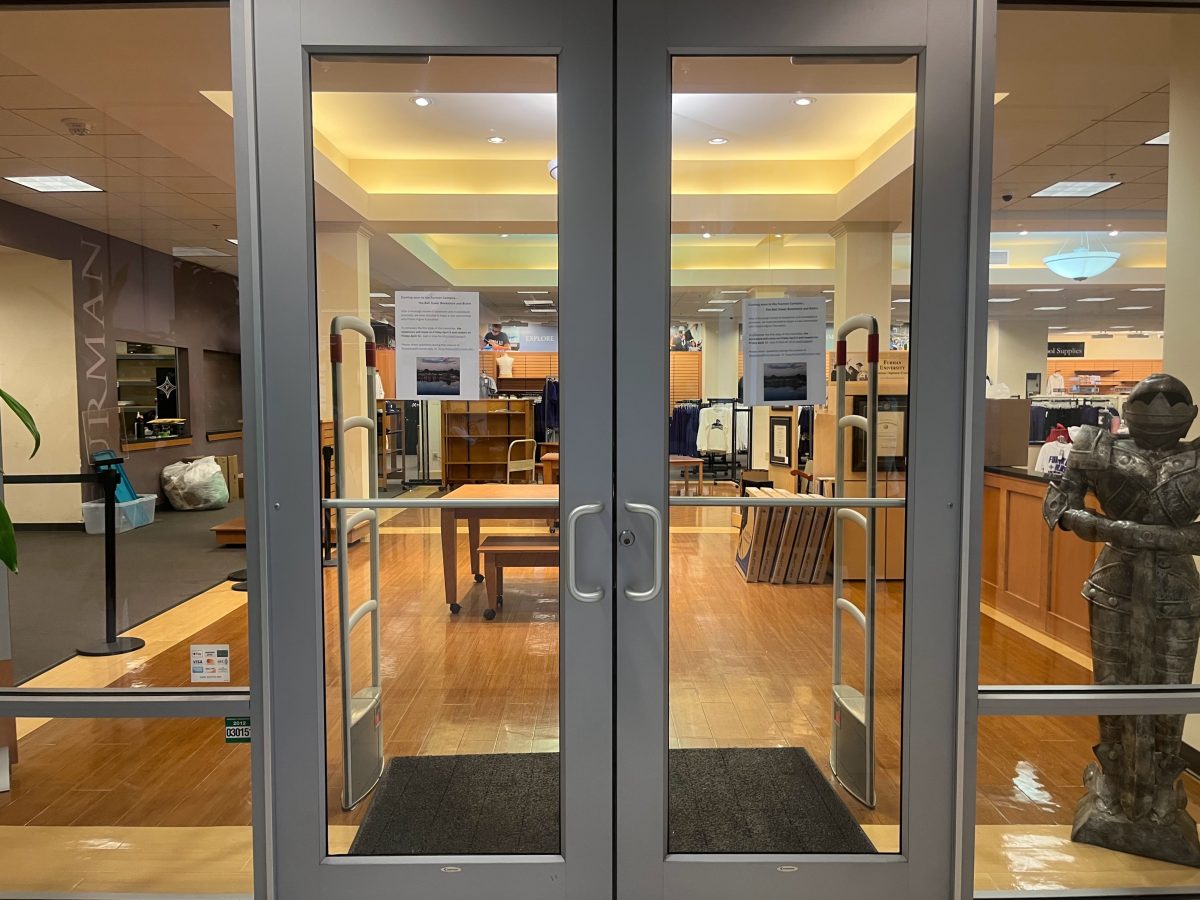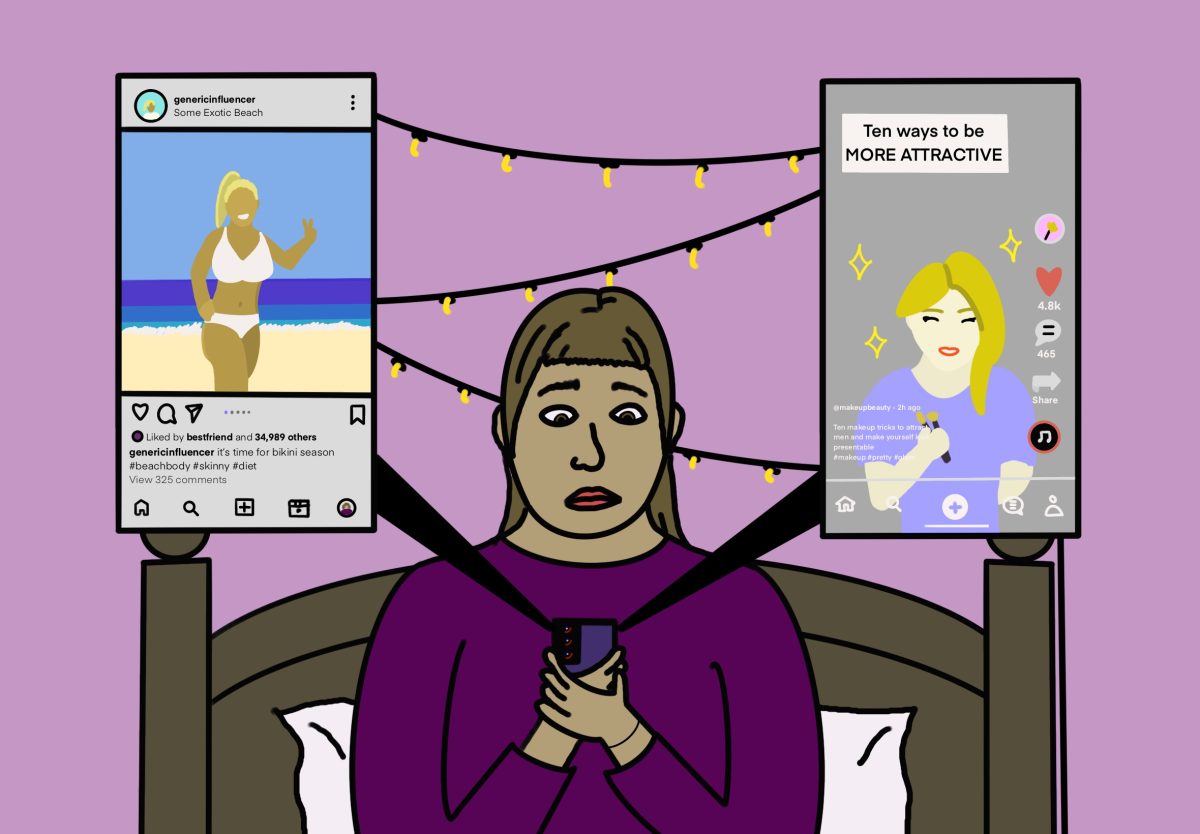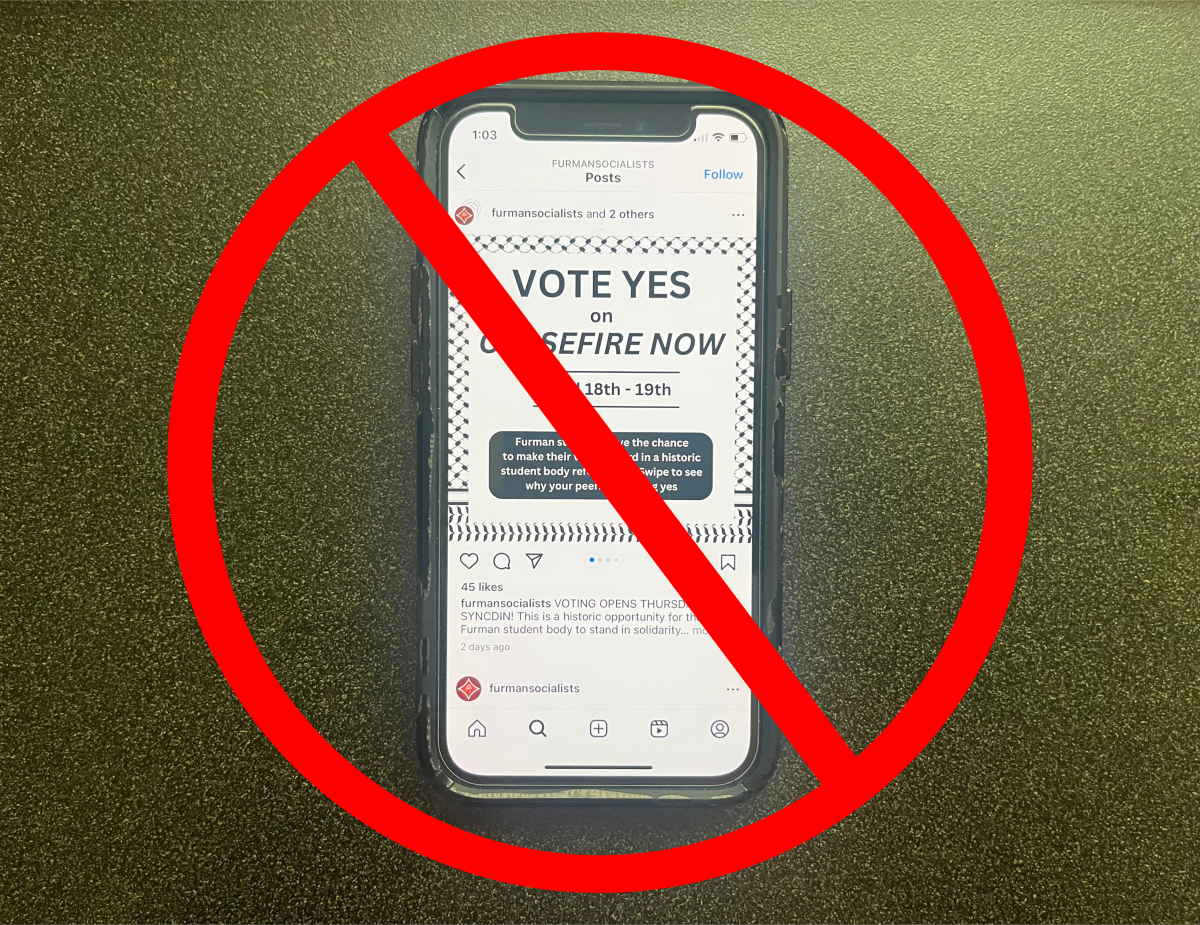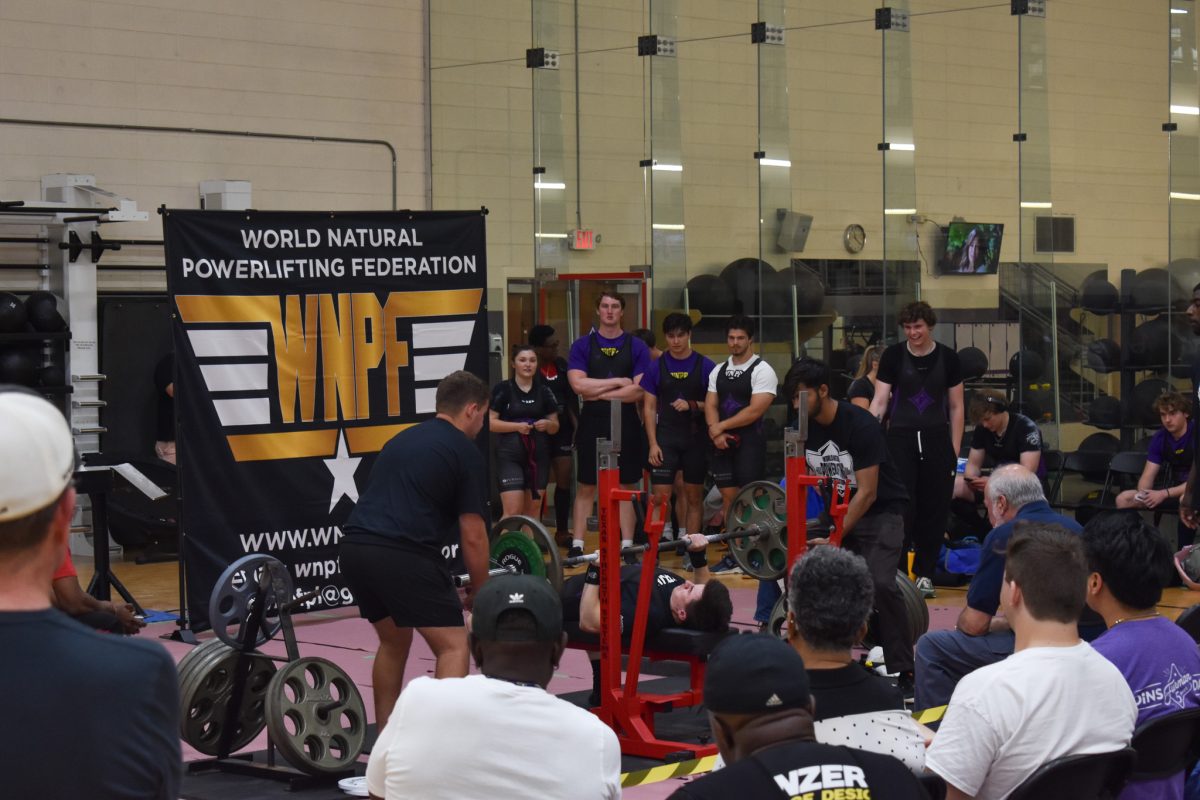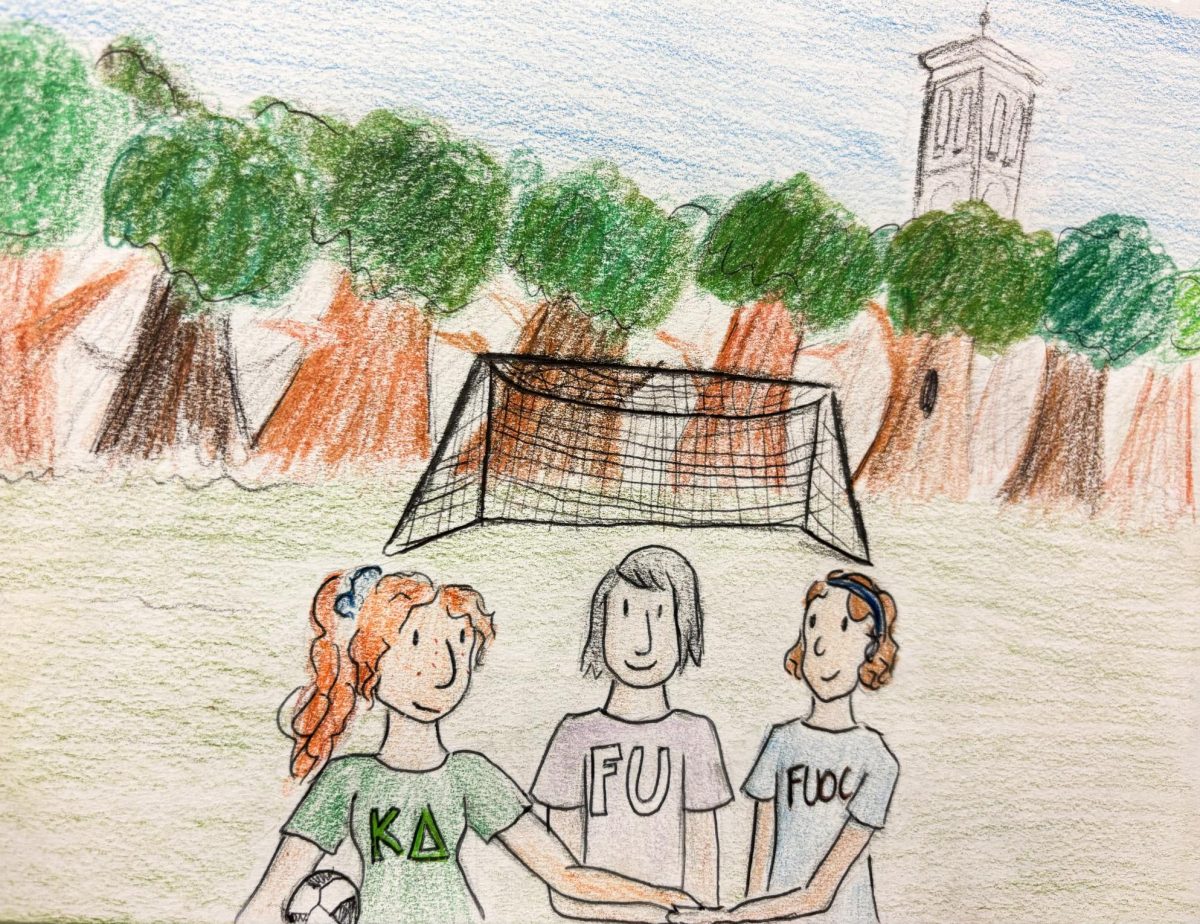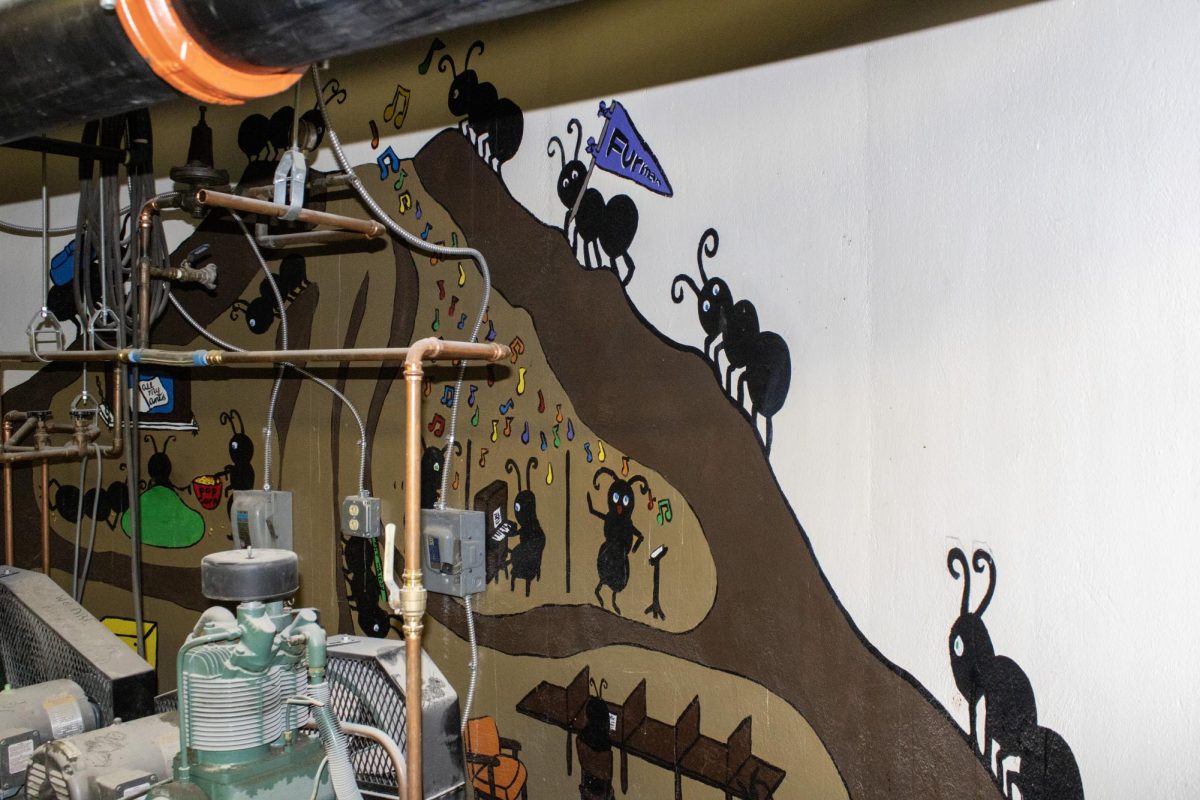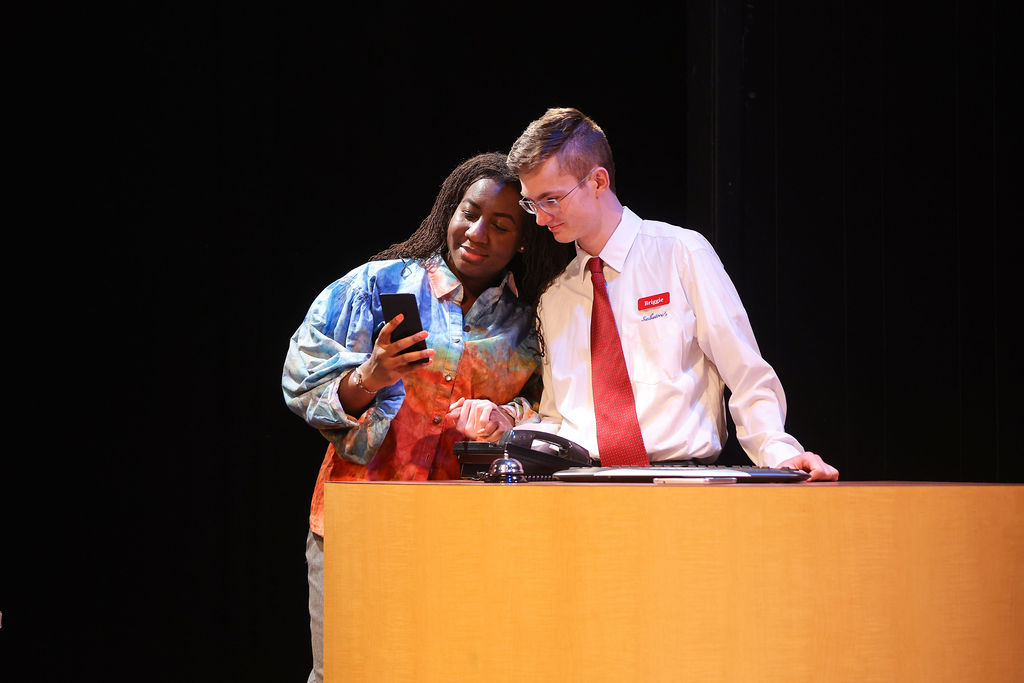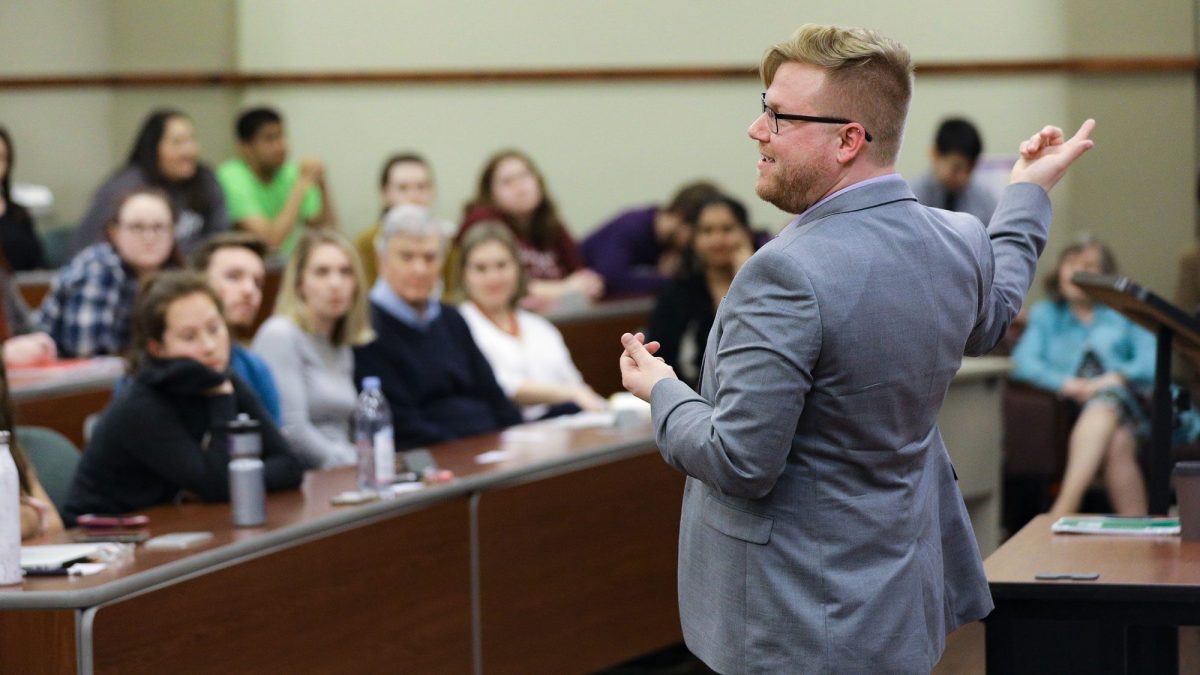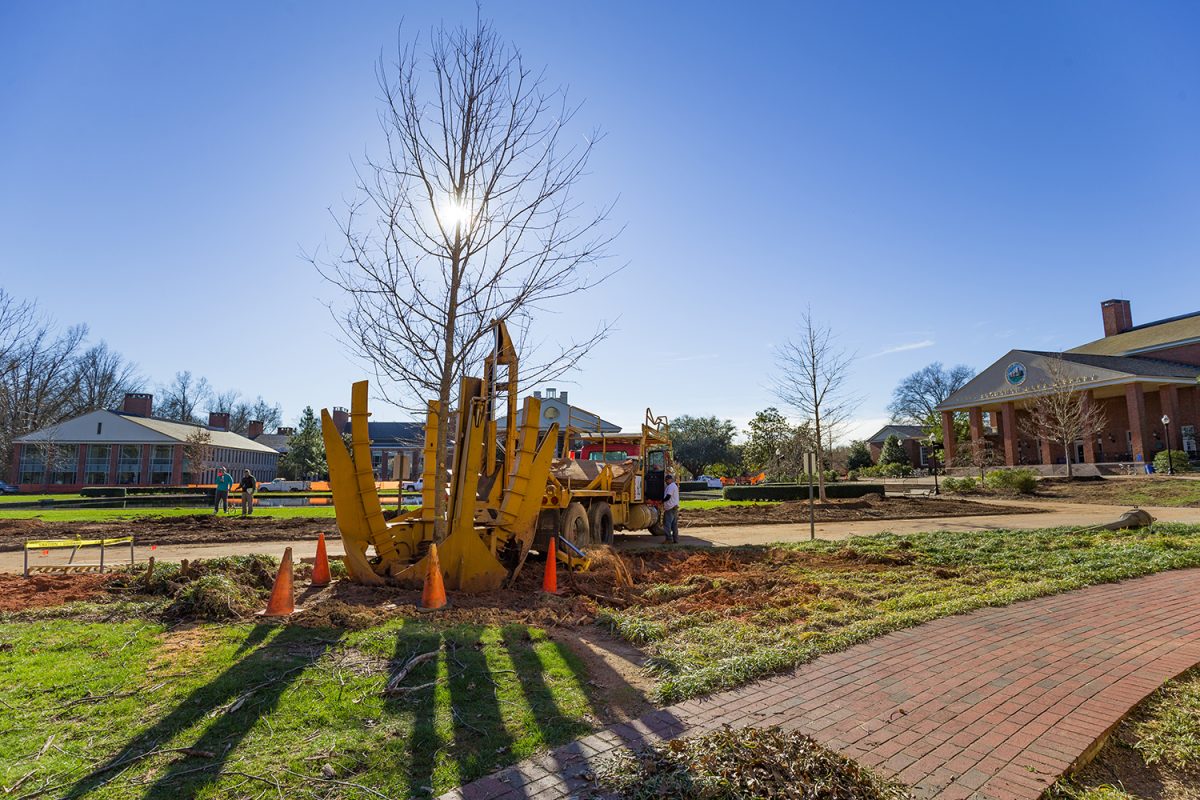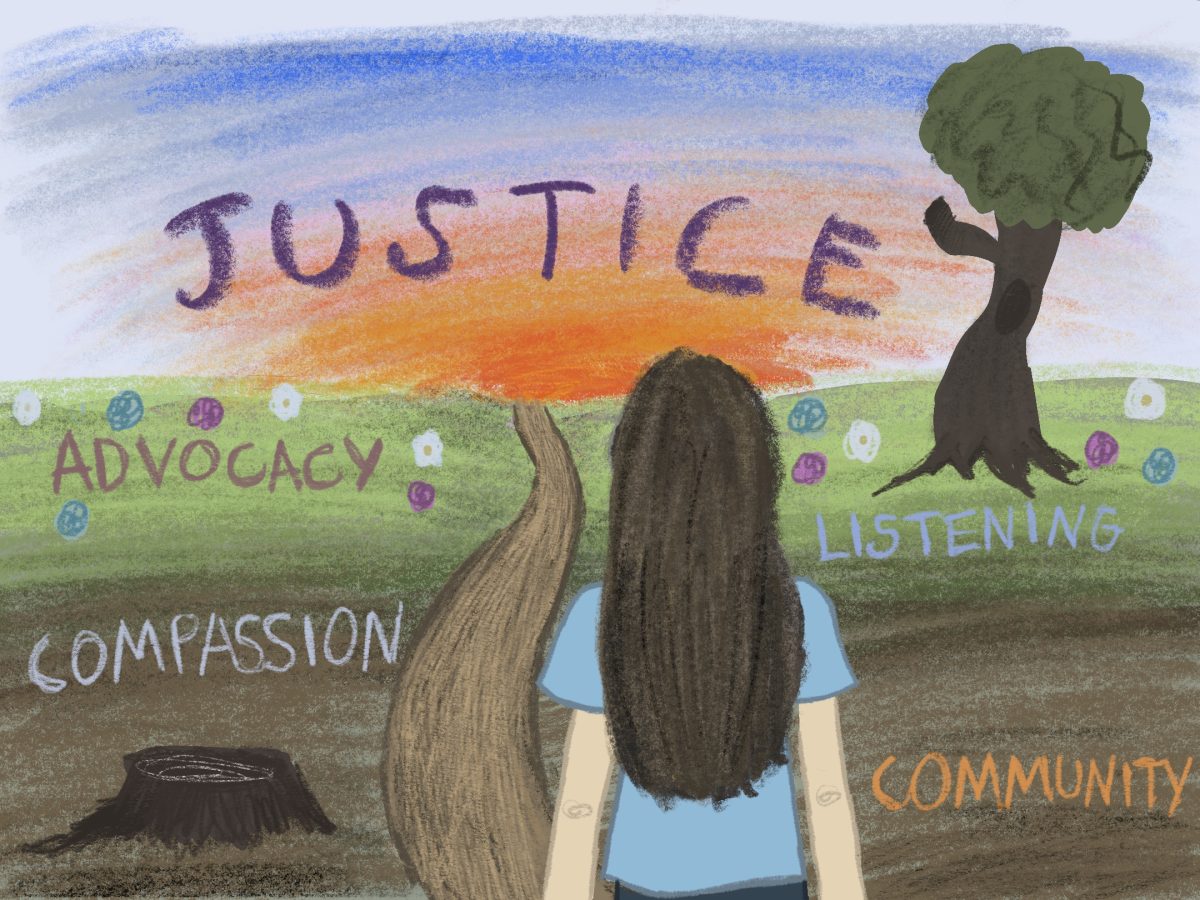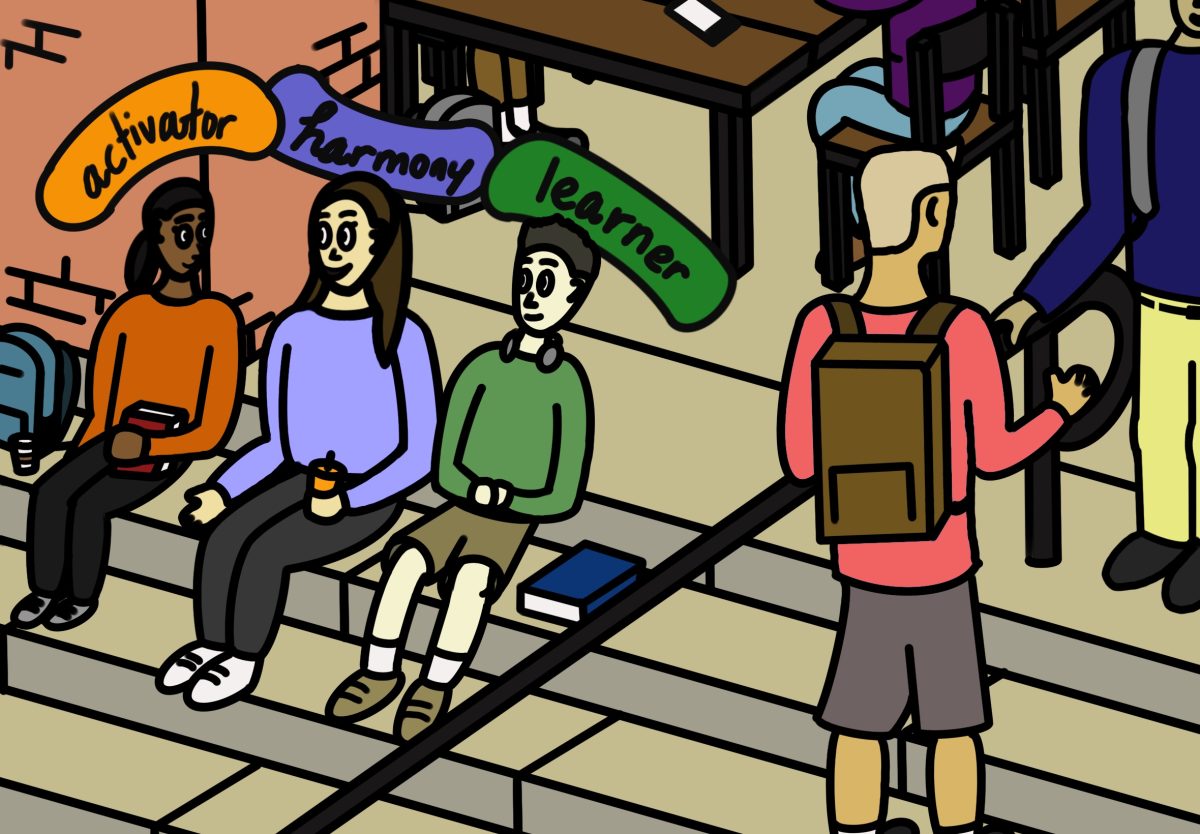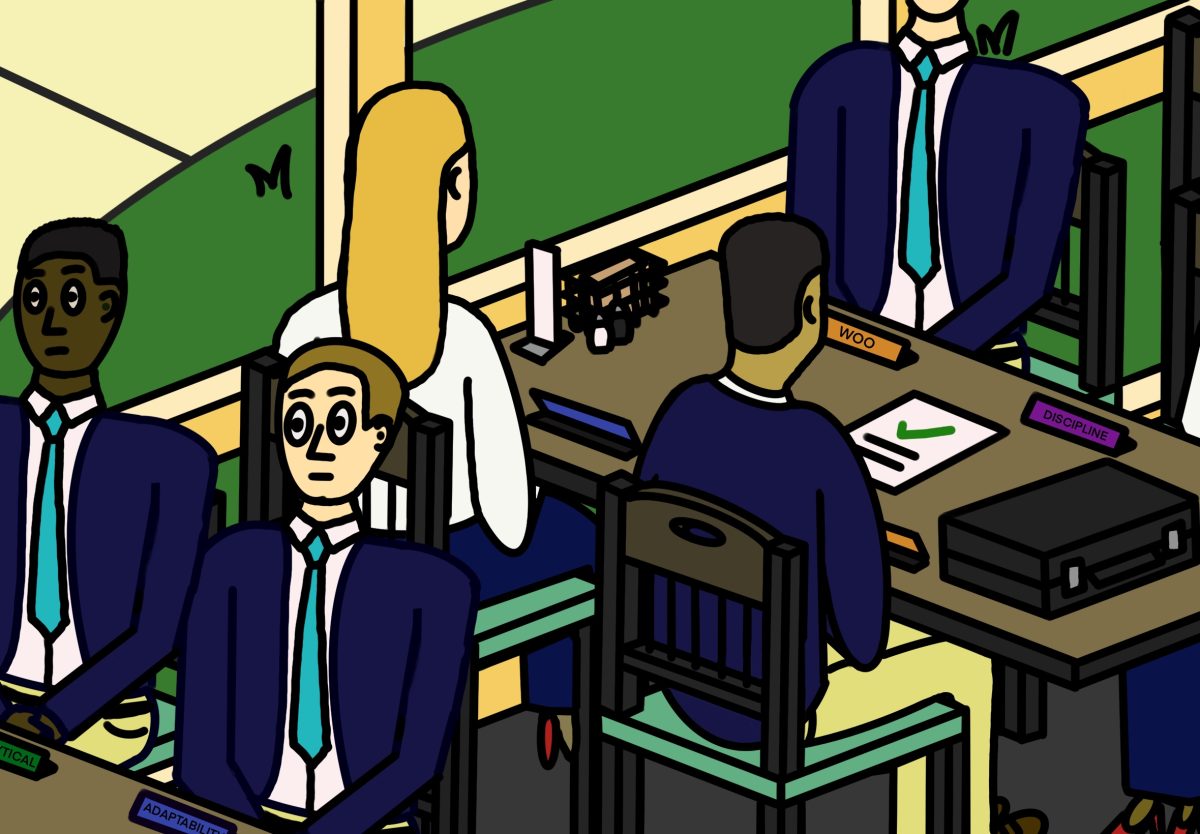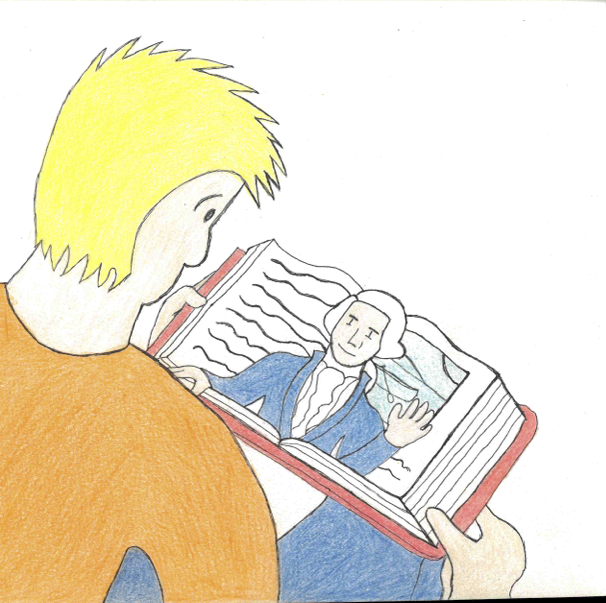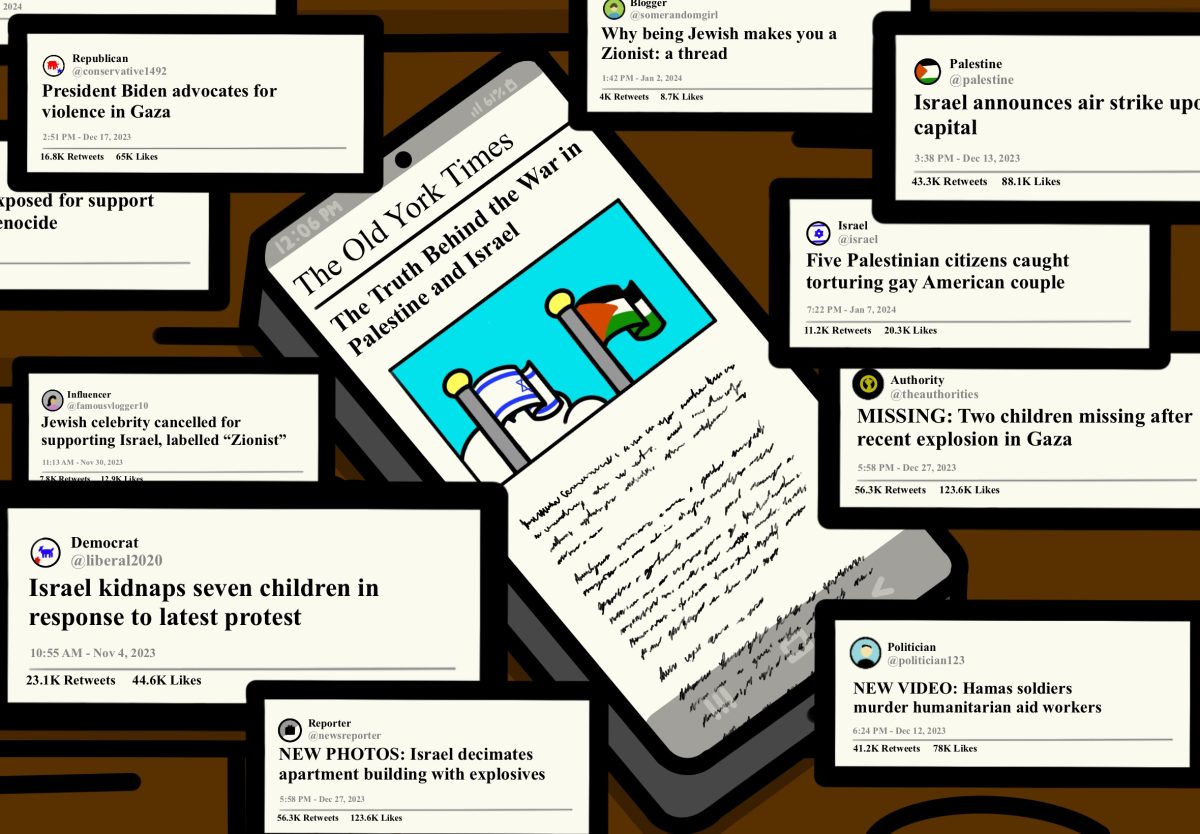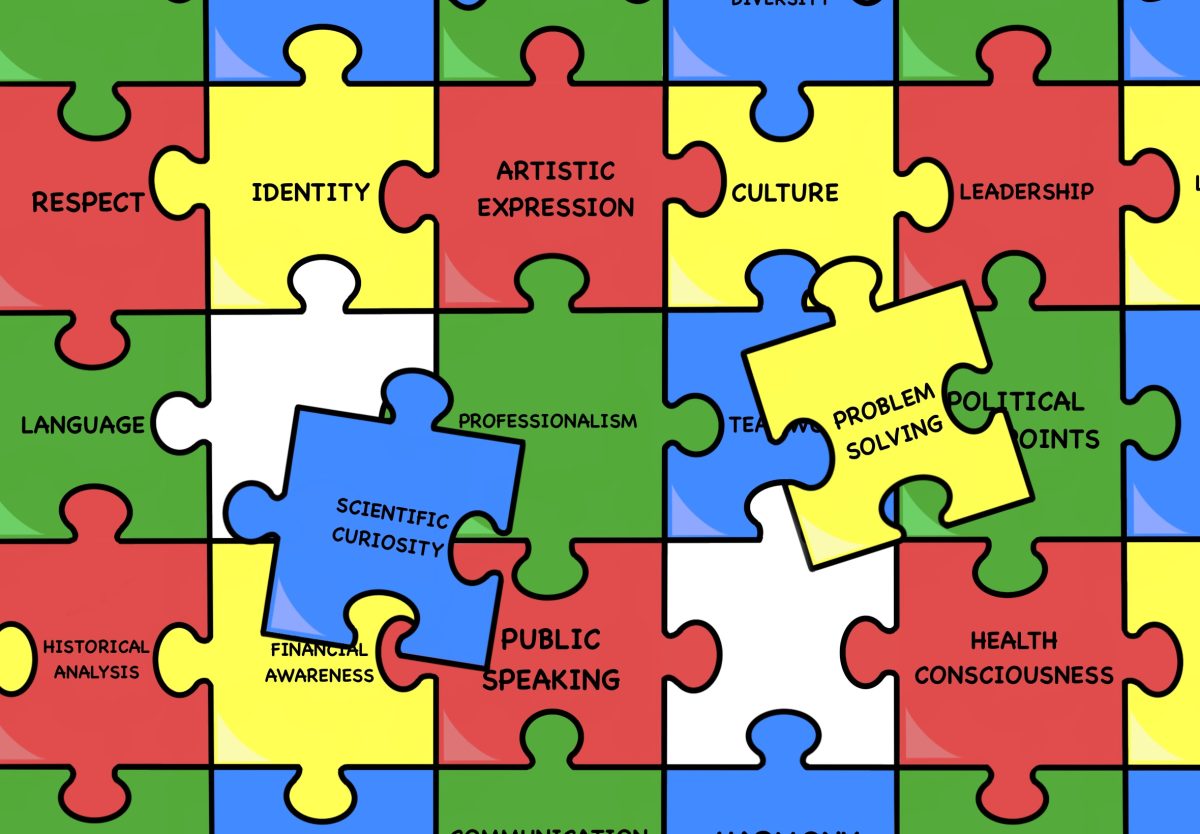Headlines around the United States are declaring their sentiments about the removal or preservation of monuments that were built in tribute to the former Confederate States of America.
Current debate has been sparked by the recent events in Charlottesville, Virginia. Martin Luther King Jr. once said, “Injustice anywhere is a threat to justice everywhere.” We must examine the arguments across all sides of the spectrum equally to deliver justice to the Union. We must also make a distinction between Confederate monuments, memorials, and references.
Regarding the statues, I at first felt inclined to oppose the removal of monuments that had historical significance. However, despite my background as a history major, I realized that if I argue based on historical significance, that would mean I am also condoning the erection of monuments to Adolf Hitler in Germany. But if history is to be totally neglected, that could mean anything people consider offensive to them could be destroyed. Though that does not sound bad at first, if we picture a white supremacist controlled Congress, then any dedications to distinguished men like Dr. Martin Luther King Jr. and Abraham Lincoln could also be destroyed.
There must be a difference established between what is worthy of historical significance and what is worthy of historical preseveration. For instance, though the statue of Saddam Hussein in Firdos Square in Baghdad, Iraq, is historically significant because it formed the image of Iraq’s former dictator, it was not worthy of historical preservation, as Hussein was convicted of crimes against humanity. However, Michelangelo’s David statue is not only historically significant because it influenced future artistic works but it is also worthy of historical preservation, as it represents a remarkable feat of human cultural achievement.
With Confederate statues, however, the issue is more complicated. While Confederate generals and leaders were certainly guilty of at least aiding the cause of oppression in the United States, plenty of statues of long since dead figures exist despite the horrible atrocities they had committed based on modern standards. Statues of Vlad the Impaler, the Romanian warlord who inspired the modern day Dracula, are a prime example. Though he mercilessly killed many Ottoman invaders with his infamous use of impalement, he is still regarded as a patriotic hero-figure by the people, not to mention his role as a tourist attraction.
Additionally, not all people agree that Confederate generals were in the wrong. Though it is my belief that most were, I will concede that certainly some were worse in their actions than others.
Furman History professor Dr. Barrington once said in class that “Lee is a complicated figure.” For some, the deceased Confederate general seems to balance both sides of the spectrum—the ruthless military commander who aided the Southern cause, but also the conflicted individual who is cited in letters as stating, “Slavery as an institution is a moral and political evil in my country,” and yet also, “The blacks are immeasurably better off here than in Africa, morally, socially and physically. The painful discipline they are undergoing, is necessary for their instruction as a race, and I hope will prepare and lead them to better things.” While the former quote shows he did hold abolitionist sentiments, the latter betrays his true sense of racial bias, even if his spirit had good intentions. In this case, his actions reflect his character louder than his words. It is also worthwhile to note that according to Politics and International Affairs professor Dr. Adam Thomas, Lee himself was not enthusiastic about Civil War Memorials.
Ultimately, I can see both sides. Only historical artifacts related to the Confederacy should be preserved. This could include memorials or monuments that have reached an age to be considered “antique” or classified as a registered historic site. Frankly, they would be better off privately auctioned to the few individuals who so prize them. However, no new devotions to a dead and buried oppressive effort should be constructed. The people that want to keep the Confederate monuments preserved could instead have private auctions of the pieces.
Furthermore, America should focus not on what is popularly accepted, but what is good and moral in the context of the values our country established after we preserved the greatest domestic threat to the continuation of our great Union.

